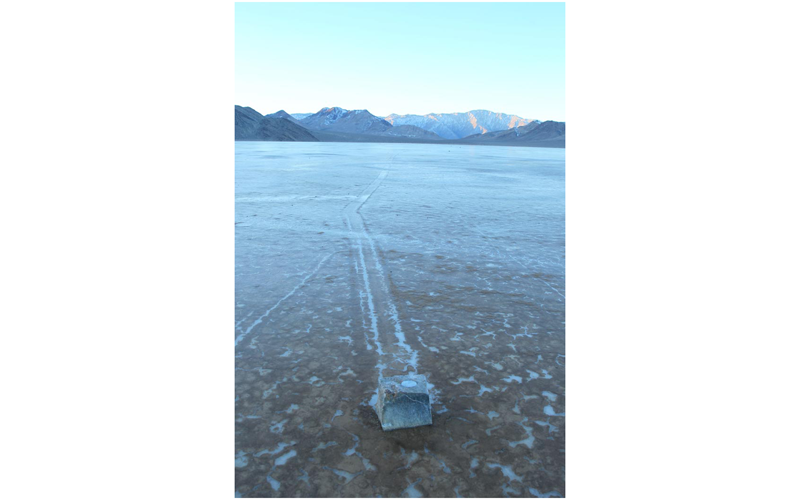
On Tuesday the journal PLOS ONE celebrated its 10th anniversary (see blog post by PLOS ONE Editor-in-Chief Jörg Heber and blog post by PLOS ONE Managing Editor Iratxe Puebla and PLOS Advocacy Director Catriona MacCallum). PLOS ONE (and PLOS) have changed scholarly publishing in many ways, from a DataCite perspective probably most importantly via the data policy updated in February 2014 that states that PLOS ONE was not the first journal with a